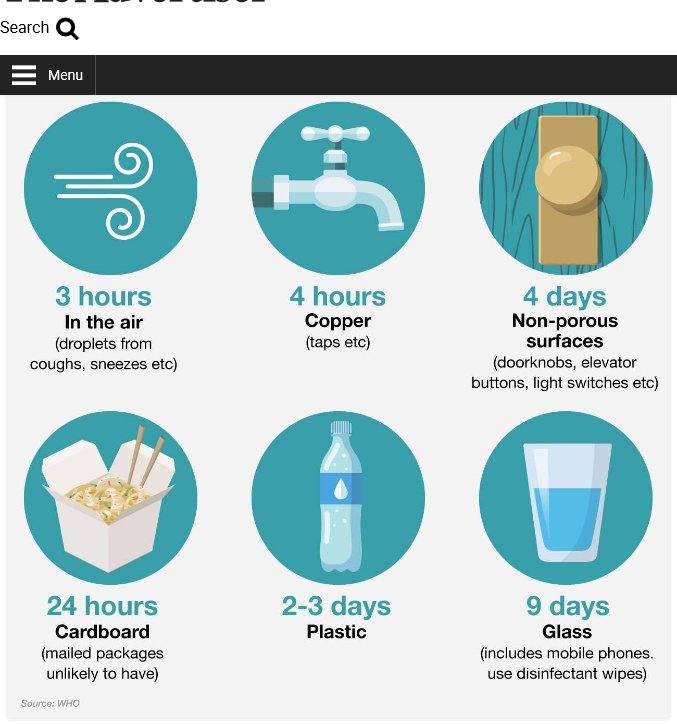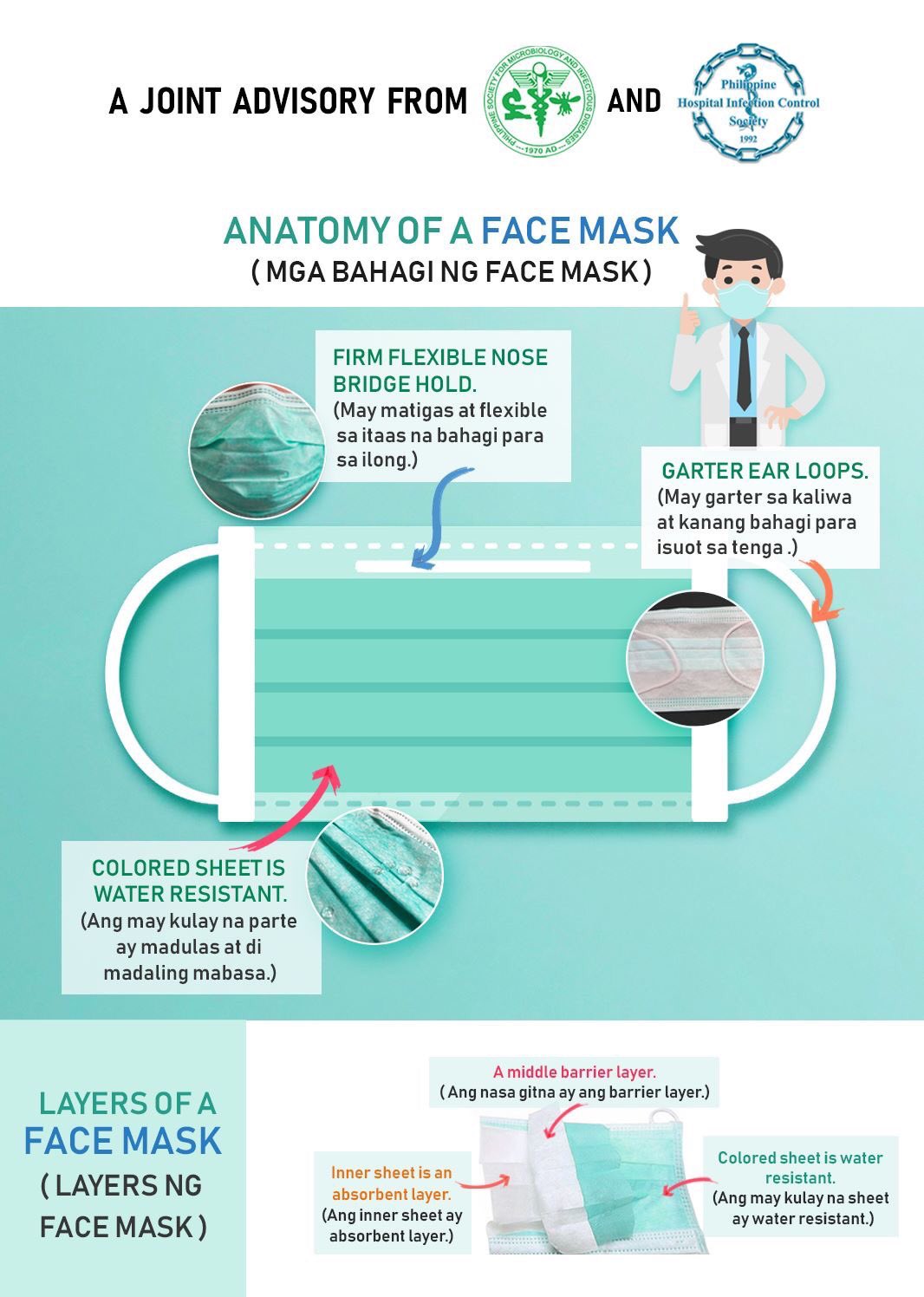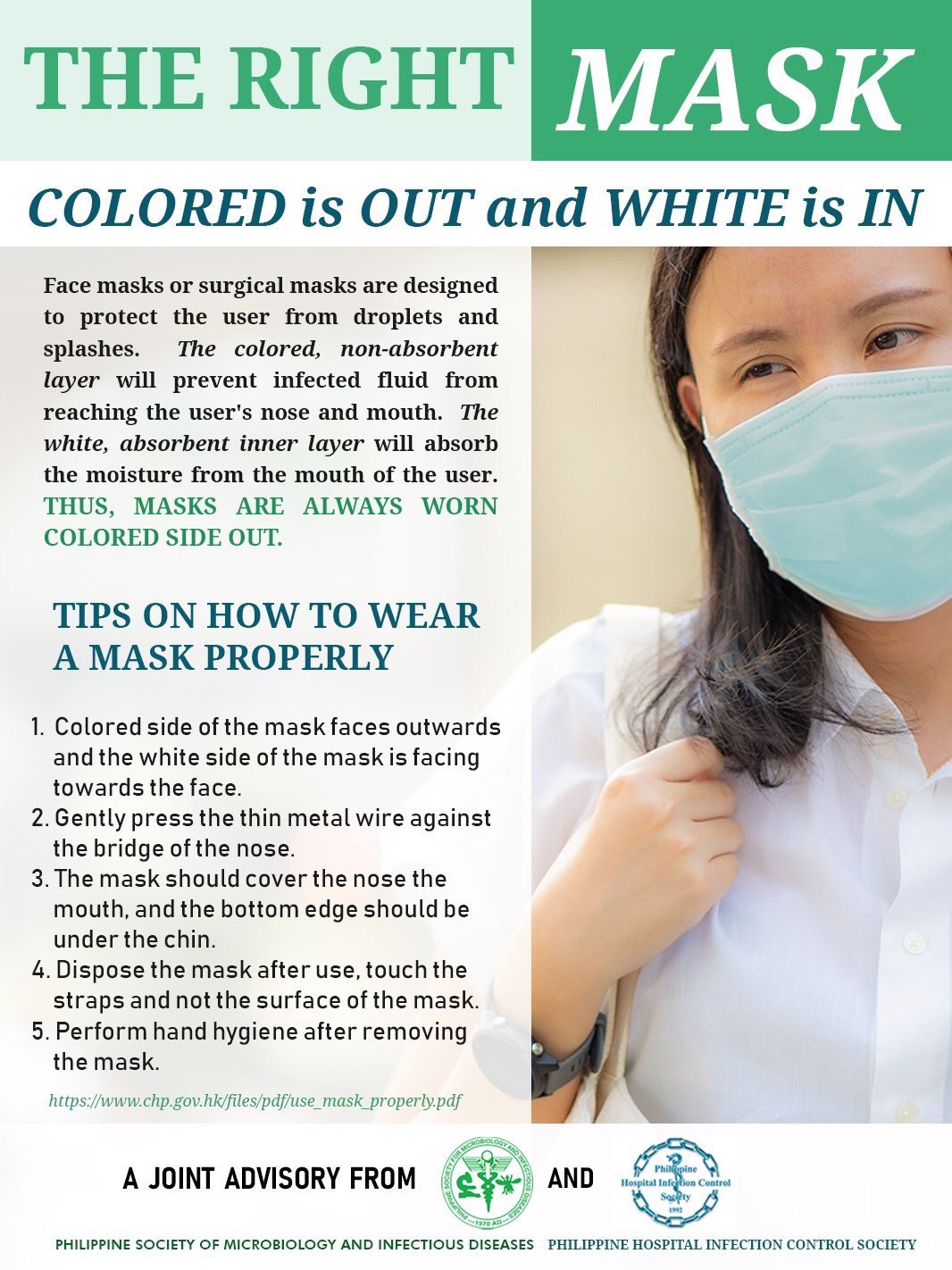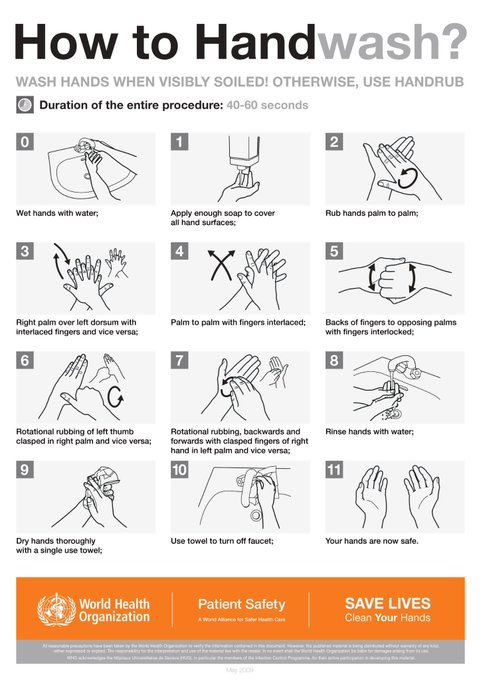Narito ang paliwanag o pagsasalin sa Tagalog para mas maintindihan natin kung ano ang pwede at hindi pwede sa Modified Enhanced at General Community Quarantine ngayong nagbago na ang categorya ng halos karamihan na mga lungsod at probinsya sa Pilipinas.
Simula May 16, isasailalim ni Pangulong Duterte sa modified enhanced community quarantine ang mga sumusunod na lugar:
- Metro Manila
- Laguna
- Cebu City
Isasailalim naman sa general community quarantine simula sa Mayo 16 ang mga sumusunod na lugar:
- Region II
- Region III
- Region IV-A - except Laguna
- CAR o Cordillera Administrative Region
- Region VII - except Cebu City
- Region IX
- Region XI
- Region XIII
Aalisin na ang GCQ o ECQ sa mga rehiyong ito:
- Region I
- Region IV-B
- Region V
- Region VI
- Region VIII
- Region X
- Region XII
- BARMM
Ads
Sponsored Links
Narito ang paliwanag ni Secretary Harry Roque sa
mga sumusunod:
Enhanced Community Quarantine:
- Walang lalabas ng bahay kahit ano pa man ang edad o kondisyon ng katawan o health status.
- Walang economic activity o pagtitinda ng kung anuman maliban kung ito ay utility services, pagkain, tubig at ibang essential na mga sektor.
- Walang pampublikong sasakyan na pwedeng bumiyahe.
- Wala pisikal na papasok sa paaralan.
- Limitadong galaw ng tao para bumili o kumuha ng mga essential services at foods at pumasok sa trabaho.
- Ang dahan-dahang pagbubukas ng ekonomiya ng mga piling manufacturing at processing plants na hahayaang magbukas o mag-operate ng may hindi sumusobra sa 50% na kapasidad.
- Limitadong pag-uumpisa ng transportation services para sa mga supply ng essential good at services.
- Limitadong pagsisimula ng transportasyon para sa na papasok sa trabaho at para sa mga essential na serbisyo.
- Hindi pa rin pinapayagan ang klase sa kahit alinmang antas.
2. Limitadong serbisyo ng transportasyon na may social distancing.
3. Flexible learning ay pinapayagan pero walang harap-harapang pagkikita at pag-aaral.
The following are ALLOWED in GCQ areas:
Cement and steel
Electrical machinery
Wood products, furniture
Non-metallic products
Textile/wearing apparels
Tobacco products
Paper and paper products
Rubber and plastic products
Coke and refined petroleum products
Other non-metallic mineral products
Computer, electronic and optical products
Electrical equipment
Machinery and equipment
Motor vehicles, trailers, and semi-trailers
Other transport equipment
Malls and commercial centers (including hardware stores, clothing and accessories and non-leisure stores)
Barbershops, salons, spas and other personal care industries (with strict health standards)
Wholesale and retail trade and repair of motor vehicles and motorcycles
Construction and Build, Build, Build
Forestry and logging
Publishing activities
• Motion picture, video and television program production, sound recording and music publishing activities
Advertising and market research
Real estate activities (except buying and selling)
Office administrative, office support and other business activities
Legal and accounting
Insurance, reinsurance, and pension funding except compulsory social security
Architecture and engineering activities, technical testing analysis
Scientific and research development
Other professional, scientific and technical activities
Social work activities without accommodation
Government office - frontline offices
Other manufacturing activities:
BeveragesCement and steel
Electrical machinery
Wood products, furniture
Non-metallic products
Textile/wearing apparels
Tobacco products
Paper and paper products
Rubber and plastic products
Coke and refined petroleum products
Other non-metallic mineral products
Computer, electronic and optical products
Electrical equipment
Machinery and equipment
Motor vehicles, trailers, and semi-trailers
Other transport equipment
Malls and commercial centers (including hardware stores, clothing and accessories and non-leisure stores)
Barbershops, salons, spas and other personal care industries (with strict health standards)
Wholesale and retail trade and repair of motor vehicles and motorcycles
Construction and Build, Build, Build
Forestry and logging
Publishing activities
• Motion picture, video and television program production, sound recording and music publishing activities
Advertising and market research
Real estate activities (except buying and selling)
Office administrative, office support and other business activities
Legal and accounting
Insurance, reinsurance, and pension funding except compulsory social security
Architecture and engineering activities, technical testing analysis
Scientific and research development
Other professional, scientific and technical activities
Social work activities without accommodation
Government office - frontline offices
Ang mga businesses at serbisyong ito ay hindi pinapayagan na magsimula kahit pa sasailalim na ng General Community Quarantine
1. Gyms, fitness studios, and sports facilities
2. Entertainment-related mass gatherings such as:
Theaters
Cinemas
Large concerts
Festivals
Carnivals
Conventions
Shows
Pubs and bars
3. Business-related mass gatherings such as:
Trade shows
Conferences
Conventions
Workshops
Retreats
4. Politically-related mass gatherings such as:
Election rallies
Polling centers
Parades
Speeches/addresses
5. Sports-related mass gatherings such as:
Trainings
Games
Tournaments
Championships
6. Religious mass gatherings
7. Going to libraries, archives, museums, and other cultural activities
8. Gambling and betting activities
9. Activities of travel agencies, tour operators, reservation services
10. Activities of membership organizations
2. Entertainment-related mass gatherings such as:
Theaters
Cinemas
Large concerts
Festivals
Carnivals
Conventions
Shows
Pubs and bars
3. Business-related mass gatherings such as:
Trade shows
Conferences
Conventions
Workshops
Retreats
4. Politically-related mass gatherings such as:
Election rallies
Polling centers
Parades
Speeches/addresses
5. Sports-related mass gatherings such as:
Trainings
Games
Tournaments
Championships
6. Religious mass gatherings
7. Going to libraries, archives, museums, and other cultural activities
8. Gambling and betting activities
9. Activities of travel agencies, tour operators, reservation services
10. Activities of membership organizations
©2020 THOUGHTSKOTO




/cdn.vox-cdn.com/uploads/chorus_asset/file/19854782/soapdemolish.gif)











